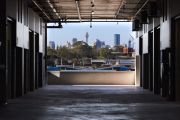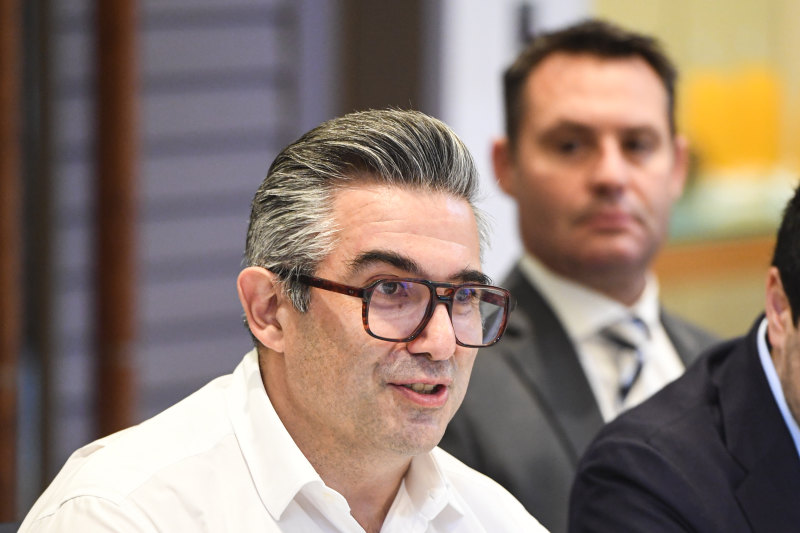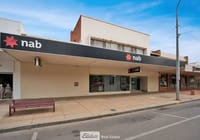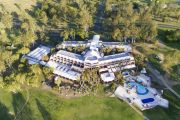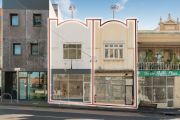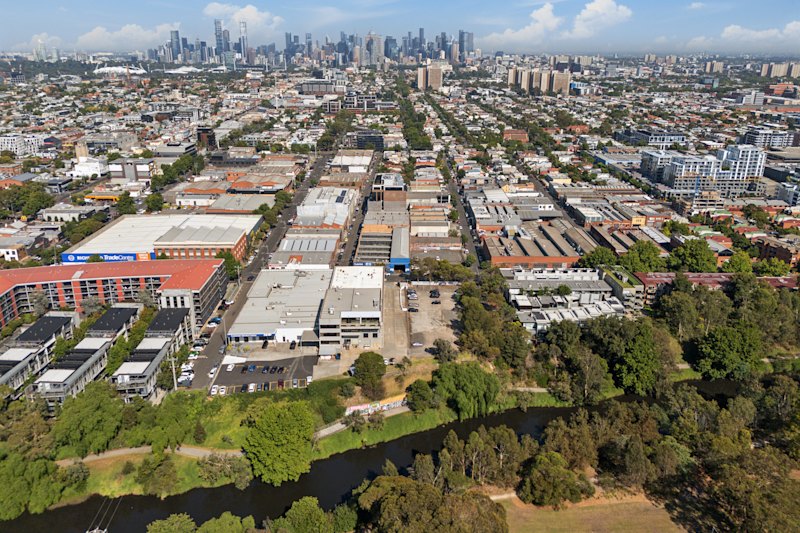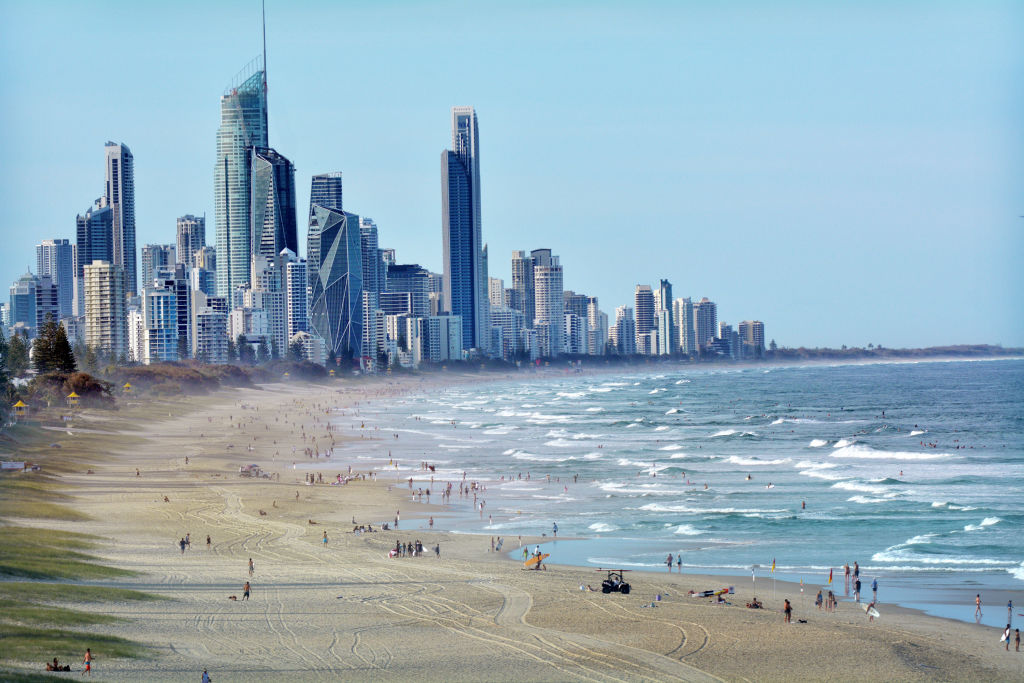
Population growth and low unemployment lift the fortunes of the Gold Coast office market
The Gold Coast’s commercial leasing sector is strengthening off the back of population growth and low unemployment in the region.
According to research from Knight Frank, the city is maturing as a service centre and business hub, which in turn is strengthening its office market.
“The second half of 2018 and into 2019 has seen stronger levels of tenant inquiry, and we forecast this will only get stronger as the city’s population continues to grow, along with employment growth, which is underscoring office demand,” Knight Frank partner and joint head of its Gold Coast office Tania Moore said.
Knight Frank’s research shows population growth in the region is forecast to average 2 per cent a year over 25 years from 2016, with most growth to come from internal and overseas migration.
The research also found that the Gold Coast unemployment rate was 4.3 per cent at the end of December 2018, well below the Queensland average of 6.1 per cent.
The number of workers on the Gold Coast also grew by 24 per cent in the five years to November 2018, particularly in finance and insurance, and education and training.
With only about 37,000 square metres of office space added to the Gold Coast market over the past 10 years, Ms Moore said local businesses and a growing number of larger corporates were competing for the same limited supply of new stock.
“There are a number of requirements an office asset must satisfy to be attractive to all tenant types,” she said.
“Locally-based businesses are driven by both locational convenience for business owners and customers, with an overlaying cost sensitivity, while larger corporates bring the requirements of public transport, green ratings, staff amenity and retention and efficiency of floorplate to the table when choosing a location.”
Future new supply remained constrained, with only 2744 square metres of refurbished space returned to the market in 2018.
Knight Frank partner, research and consulting, Jennelle Wilson said robust tenant demand had resulted in rents increasing over the past year.
“Despite the vacancy rate on the Gold Coast stalling at double figures, rental growth is well entrenched due to the relatively low number of quality options available, with prime effective rental growth of 5.9 per cent year-on-year recorded,” Ms Wilson said.
The positive outlook for the Gold Coast economy is also flowing through to its retail sector, according to Colliers International.
According to Colliers research, the Gold Coast tourism market continues to drive economic growth and support demand for retail activity, with about 25 per cent of investment sales in Queensland last year being retail assets in the region.
Colliers International Gold Coast director-in-charge Steve King said the lower Australian dollar would likely boost the international tourism and education sectors, which would ultimately support demand for retail property and increase demand for hotel accommodation.
“We have seen $500 million-worth of investment in new retail developments in 2018, such as the $470 million Westfield Coomera, which is a testament to owners’ optimistic outlook for the retail sector in the Gold Coast over the short-to-medium term,” Mr King said.
“Low regional unemployment, population growth and consistent net interstate migration is supporting the retail activity and demand for future retail centres.
“Residential hot spots like Ormeau, Oxford and Nerang are desired locations for future retail development.”
He said consistent growth in airport operations would continue to boost the region’s retail sector with the Gold Coast Airport forecast to service 16.6 million passengers by 2037 – an average growth rate of 5 per cent a year.
Ray White head of research Vanessa Rader said there had been a significant increase in the number of industrial projects over the past 12 months in the Yatala Enterprise Area of the northern Gold Coast.
She said nearly 200,000 square metres across 26 developments were expected to be completed over the next two years.
“In the past there has been a large amount of supply either deferred or on hold, however, these have now advanced, receiving development approval [and] resulting in 122,635 square metres in this phase,” she said.
The five projects currently under construction include 13,527 square metres at the Reward Hospitality distribution facility and 7146 square metres at the Schultz manufacturing facility.
“This market has enjoyed limited speculative supply, which has kept vacancy in check and allowed for rental improvements,” Ms Rader said.
“Looking forward the large pipeline of planned projects will need to be demand-led in order to keep this positive trajectory.”
Ms Rader said the average net face rent across the Yatala Enterprise Area remained stable at $127 per square metre this year, with the average tenancy size 229 square metres.
Small businesses were most interested in spaces up to 250 square metres, she said.
“As more stock enters the market, tenants have become more considered in their accommodation needs, which will likely result in face rents remaining stable or some small downward momentum in the shorter term,” Ms Rader said.
“Overall, sentiment across the Gold Coast remains strong, small business confidence is instrumental to the future growth of the industrial market and key indicators such as employment growth and continued investment into housing development highlights a secure outlook for Gold Coast in the short term.”
